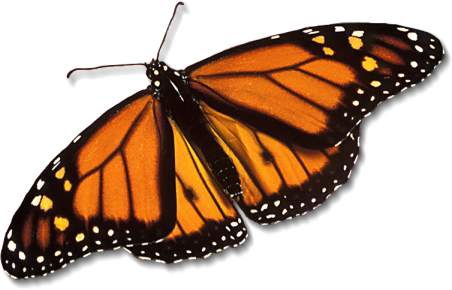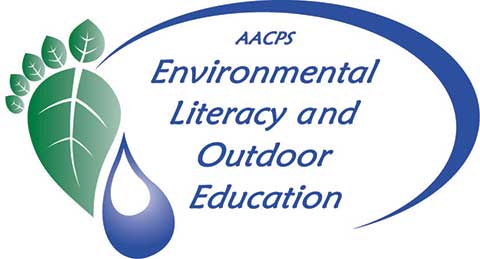 In conjunction with the Environmental Literacy initiative, Arlington Echo introduces its newest unit on the Monarch Butterfly. The unit, How Can We Help Monarch Butterflies? has been developed as part of the first grade curriculum. The Monarch unit began in fall of 2011 for first grade classrooms around Anne Arundel County, MD. Arlington Echo plans to roll out the program to the rest of the first grade classes over the next few years. By the spring of 2015 the program will have been implemented in 81 schools, 300 classrooms and had over 20,000 students participate in it.
In conjunction with the Environmental Literacy initiative, Arlington Echo introduces its newest unit on the Monarch Butterfly. The unit, How Can We Help Monarch Butterflies? has been developed as part of the first grade curriculum. The Monarch unit began in fall of 2011 for first grade classrooms around Anne Arundel County, MD. Arlington Echo plans to roll out the program to the rest of the first grade classes over the next few years. By the spring of 2015 the program will have been implemented in 81 schools, 300 classrooms and had over 20,000 students participate in it.
Why the Monarch Butterfly?
The Monarch butterfly was chosen to be the focus of our first grade Environmental Literacy unit for a variety of reasons. One being that “Human impact” plays a significant role in Environmental Literacy. In the case of the Monarch, human impact has greatly affected the species to the very mention of extinction. To lose a species like the Monarch would be a tragic loss. We feel it is our duty to educate and inform about the issues surrounding the Monarch butterfly, so that conservation efforts can be made to help secure their future.
Facts:
- The worst year on record was 2013, with the Monarch population at 80% below average
- Top threats include: Pesticide/herbicide use, weather related events, mowing of natural areas, deforestation, and development
- The largest population of Monarchs can be found throughout the United States of America, Canada and Mexico
- The lifecycle of the Monarch has four stages- Egg, Larva(Caterpillar), Pupa(Chrysalis), Adult (Butterfly)
- Monarch caterpillars have 5 instars (stages)
- There are 3-4 (Occasionally 5) generations in a single year
- The Monarch caterpillar eats ONLY the leaves of milkweed plants
- Monarch migration behavior still contains many mystery’s
- 95% of the population migrates to Mexico, the other 5% to California
- During migration, Monarchs can travel between 1,000-3,000 miles

